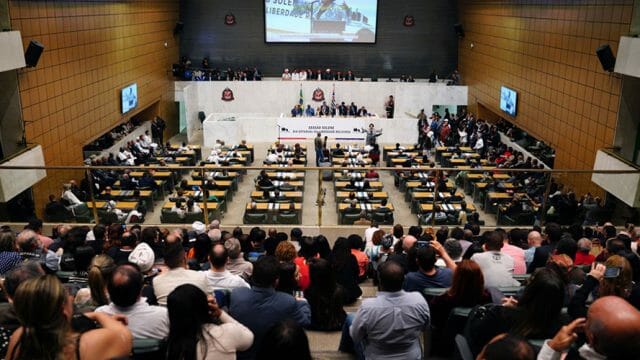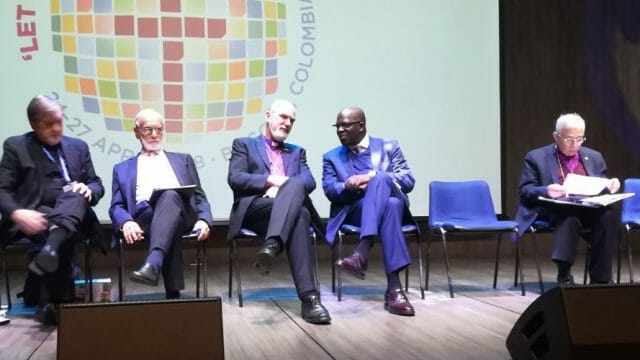What happened during the incarnation of Christ?

I wish I could answer your question! Theologians have struggled to understand the mystery of the Incarnation, but it remains a mystery. However, the Bible reveals some important aspects of it that help us gain a better understanding of God’s love.
1. It Was the Work of God: The Incarnation was the work of God through the Spirit in the womb of Mary (Luke 1:35). Once more, God manifested His creative power in a unique and unfathomable way. He united the two natures, the human and the divine, in one person. This happened at the moment of conception and not at Jesus’ birth. It was not the act of the Father adopting a human being as His Son. Neither did the Son of God take the exterior appearance of a human being without becoming human. We could carefully state that the two natures were mysteriously blended in the person of Jesus Christ.
2. One Person—Two Distinct Natures: The union of the two natures in one person did not eliminate the distinctiveness of each nature; each remained intact. The Incarnation was not the divinization of the human nature, and neither was the divine nature transmuted into a human nature. The creature could not become divine, and the divine nature cannot be downgraded to the level of the nature of a created being.
3. One Person, Two Wills: Since the two natures were mysteriously blended in Christ, we could suggest that in the one person there were two wills: the human and the divine. This confirms the reality of the temptations that Christ confronted and the constant need of the human nature to be willingly under subjection to the divine. In Gethsemane, Jesus expressed the desire of the human will, but was willing to submit to the will of the Father (Matt. 26:42). He could have fallen, but He did not.
4. It Was the Incarnation of God: In the Incarnation the Son of God did not lose any of His divine attributes. Had He left behind some of them, we would not have had an incarnation of God but a partial one. Paul says that Christ “made himself nothing by taking the very nature of a servant” (Phil. 2:7, NIV). Through this self-emptying Christ became a servant, thus placing the fullness of His divinity under the Father to be used as the Father would tell Him.
5. The Hiding of Glory: In the Incarnation the glory of the Son of God was hidden in the human. He who was rich became poor for us (2 Cor. 8:9). The glory of His preexistent state was no longer visible unless it flashed through the human body (Matt. 17:2). God was coming down to the level of sinful creatures, and He set aside the magnificence of His splendor.
6. Permanent Union of the Two Natures: What happened in the Incarnation—the union of the two natures—was not something that could be undone once it accomplished its purpose. The Son of God became a member of the human family forever. Paul writes that after all things are made subject to Christ “the Son himself will be made subject to him who put everything under him” (1 Cor. 15:28, NIV). The sacrifice was indeed eternal, and consequently its efficacy will also be eternal.
7. Cosmic Impact: It is impossible to separate the Incarnation from the cross, and consequently it is a soteriological event of cosmic proportions. Their primary goal was to save not only humans but also the cosmos from the presence and influence of sin and evil. Its salvific power is found in its unique revelation of God’s loving nature and power (John 1:14). This is the good news of the Christian gospel.








